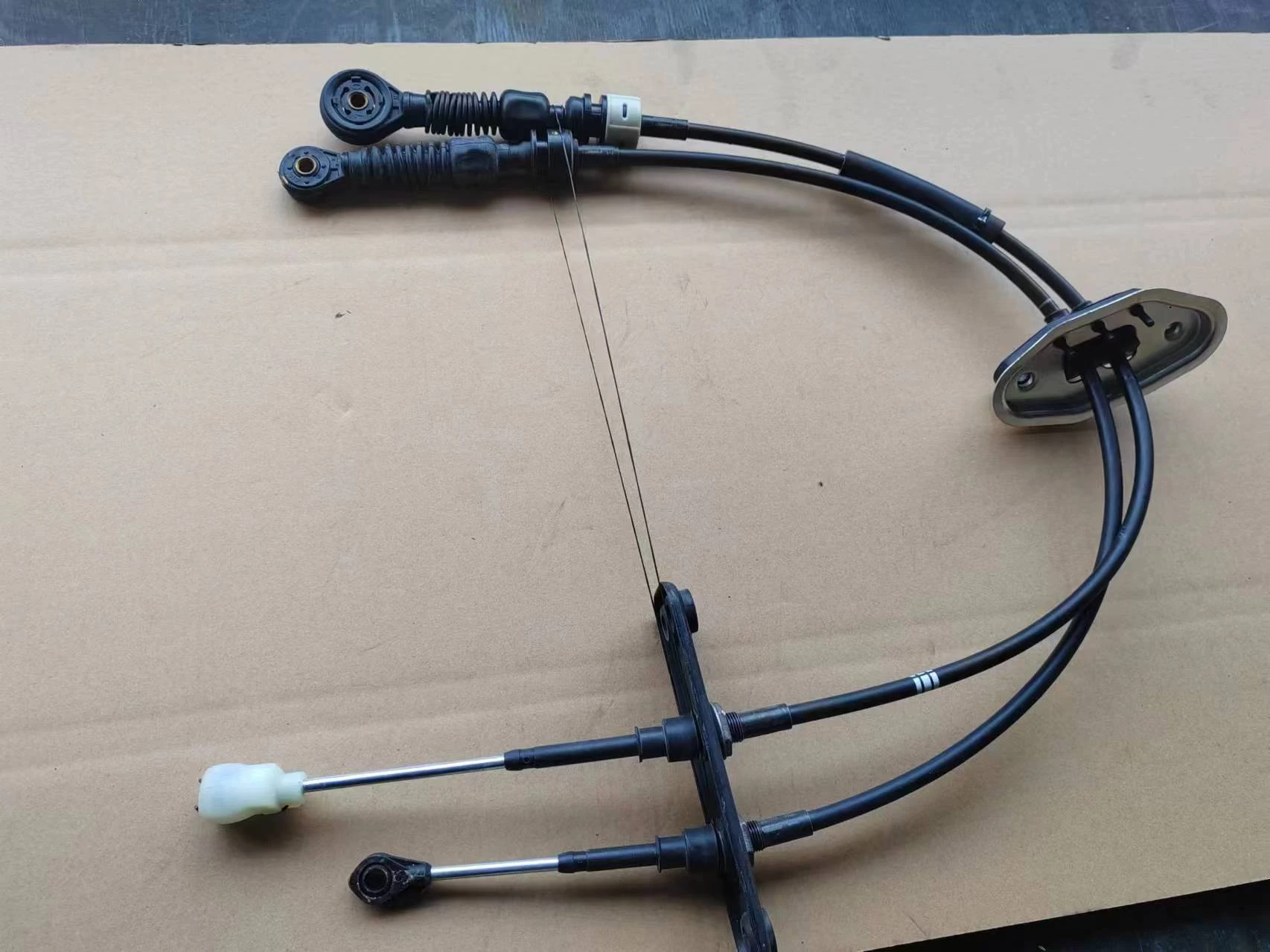Throttle Control Lever for Enhanced Driving Performance and Precision Handling
The Importance of Throttle Shifters in Modern Automotive Engineering
In the evolving landscape of automotive technology, the throttle shifter has emerged as a pivotal component in enhancing vehicle performance, fuel efficiency, and driving experience. The concept might seem merely technical, yet its implications extend far beyond mere mechanics. This article delves into the significance of throttle shifters and their role in modern vehicles.
Understanding Throttle Shifters
At its core, a throttle shifter is an integrated mechanism that manages the air intake into the engine, effectively controlling the power output based on the driver’s input. Traditional vehicles relied on a mechanical linkage to control the throttle, requiring a physical connection between the accelerator pedal and the throttle body. However, with advancements in automotive technology, many modern vehicles now utilize electronic throttle control (ETC) systems. These systems feature a throttle shifter that allows for more precise control over air intake, thereby optimizing engine performance.
Benefits of Electronic Throttle Control
1. Enhanced Precision and Responsiveness One of the standout features of electronic throttle control is its ability to provide instantaneous feedback. Drivers today enjoy a more responsive driving experience, as the throttle responds to inputs without the delay typically associated with mechanical systems. This responsiveness not only enhances performance during acceleration but also improves overall vehicle handling, particularly in dynamic driving conditions.
2. Fuel Efficiency and Emission Reductions With increasing concerns over fuel consumption and environmental impact, the ability of throttle shifters to optimize air-fuel mixtures directly contributes to better fuel efficiency. By precisely controlling the engine's air intake, these systems allow for more complete combustion, which in turn reduces unburnt fuel emissions. As automakers face stringent regulations regarding emissions, throttle shifters play a crucial role in meeting these demands while maintaining performance.
3. Integration with Advanced Driver-Assistance Systems (ADAS) Throttle shifters are integral to the burgeoning field of ADAS. Features such as adaptive cruise control and collision mitigation systems depend heavily on the precise throttle management provided by electronic throttle systems. This integration allows for smoother transitions when adjusting vehicle speed and enhances the overall safety of the driving experience.
throttle shifter

The Future of Throttle Shifter Technology
As the automotive industry continues to innovate, the future of throttle shifters appears bright. The integration of artificial intelligence (AI) and machine learning into throttle control systems presents an exciting frontier. These technologies could allow vehicles to learn driver habits and preferences, adjusting throttle responses based on individual driving styles. Such advancements not only personalize driving but further enhance safety and efficiency.
Moreover, with the rise of electric and hybrid vehicles, throttle shifters are being reimagined to suit different powertrains. The unique characteristics of electric motors require a different approach to throttle management, focusing primarily on maximizing efficiency while providing adequate power delivery. As manufacturers explore these new paradigms, the versatility of throttle shifters will be further tested and refined.
Challenges and Safety Considerations
While the advancements in throttle shifter technology are promising, they also come with challenges. The reliance on complex electronics opens up new frontiers for potential malfunctions or failures. Ensuring the reliability and safety of these systems is paramount. Automakers must invest in rigorous testing and validation processes to maintain high standards of workmanship and performance.
Furthermore, as vehicles become increasingly automated, understanding the interaction between the driver and the throttle system becomes critical. Training for drivers to adapt to electronic systems and ensuring they remain engaged with the driving process will be essential, especially in an era where autonomous driving technology is gaining traction.
Conclusion
Throttle shifters are not just a technical component of modern vehicles; they represent the convergence of performance, efficiency, and safety in automotive engineering. As technology continues to evolve, the role of throttle shifters will become even more significant, shaping the future of how we drive. Keeping pace with innovation while addressing safety concerns will be crucial as we embrace the new capabilities these systems bring to the automotive industry.
-
Upgrade Your Clutch System with Premium Hydraulic Clutch LinesNewsJul.31,2025
-
Unlock the Power of Precision with Our Throttle CablesNewsJul.31,2025
-
Unleash Power and Precision with Our Accelerator CablesNewsJul.31,2025
-
Experience Unmatched Safety with Premium Handbrake CablesNewsJul.31,2025
-
Enhance Your Vehicle's Performance with Quality Gear CablesNewsJul.31,2025
-
Workings of Clutch Pipe and Hose SystemsNewsJun.04,2025
